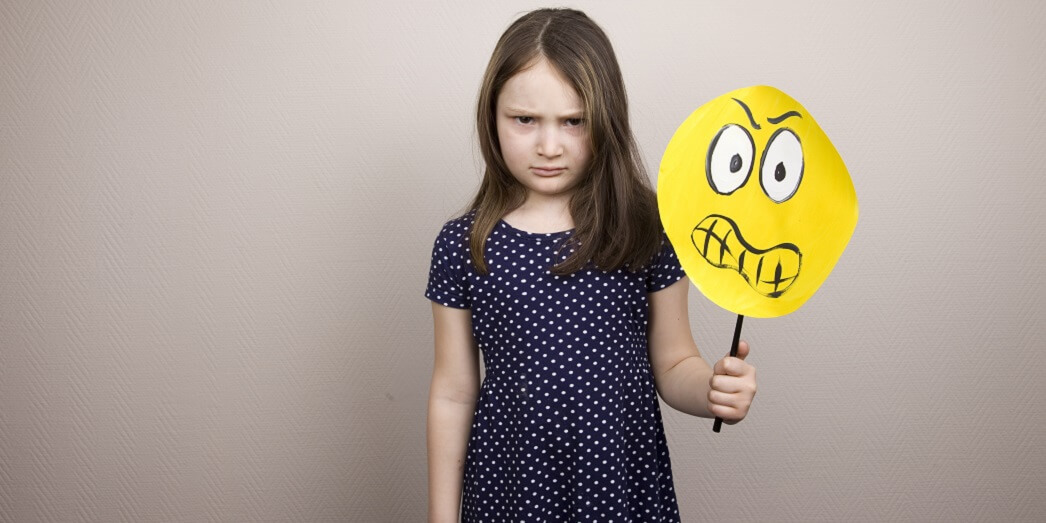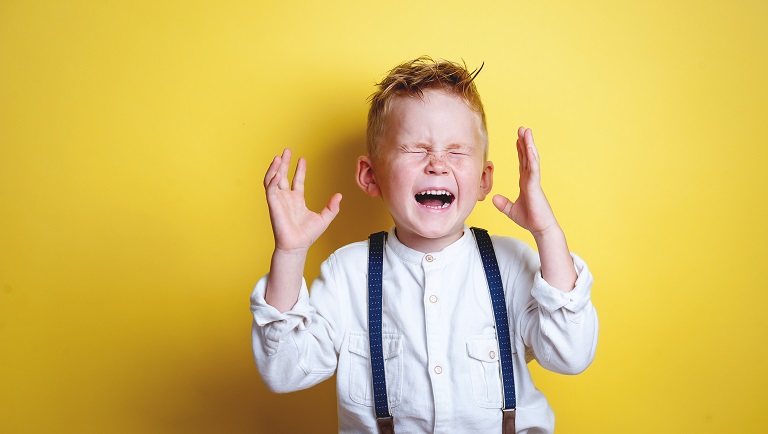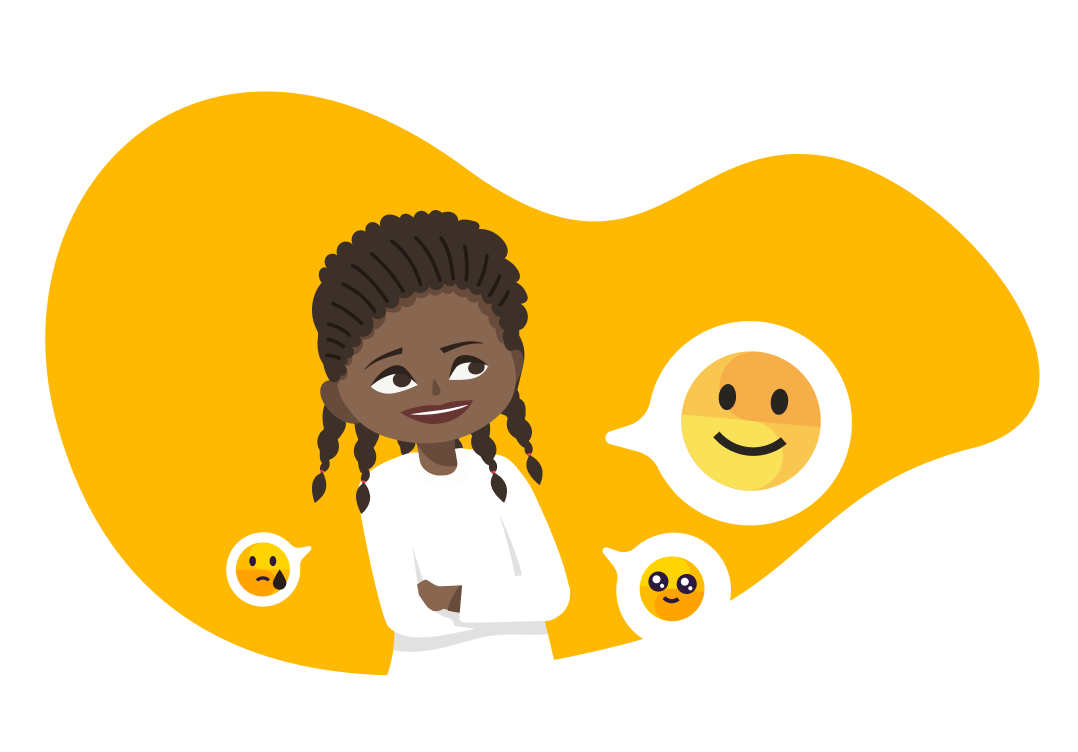
Emotional self-regulation for children
Motivated learning, understanding your emotions and feelings of other people, making friends, and building relationships… This list is endless. Mastering these skills requires high emotional intelligence, which is essential to develop from early childhood. In childhood, the kid’s psyche is quite flexible, and the ability to learn is very high.
Life in society imposes certain restrictions on people. This also applies to the ability to express your own emotions. But as he grows up, the child develops emotional immunity. He acquires the ability to control his negative emotions (anger, fear, etc). But how to teach a kid emotional regulation? We will talk about this in our article.
Why teach a child to regulate emotions?
In a fit of anger or rage, young children can roll on the floor and scream loudly, while adults in this state are capable of more aggressive actions. However, in both cases, the cause of such emotional outbursts is a violation of emotional regulation is the lack of the ability to control your emotions.
Parents often cannot find methods to help cope with this behavior of their children. Nevertheless, such methods exist; they can and should be applied to children who already have the problem of controlling their own emotions. At the same time, the skills of managing the emotional state launch the skills of understanding one’s own state, as well as controlling it and making the right choice in a particular situation.
What difficulties and problems with controlling emotions do children have?
Parents often do not notice and do not realize that children do not move from a state of rest to a state of panic in one second. Every person, regardless of age, accumulates emotions gradually. For some children, this process can take several hours, and for some, several days. As a result, even the smallest detail can become a trigger (the last straw) for the child to lose control of his emotions.

For example, a son could be offended at school. For several days he was very worried about this situation. When his parents forbade him to watch TV at home, this became a trigger — the child is no longer able to control his emotional state.
If a child’s emotional regulation is broken, it is quite easy to provoke him to an outbreak of aggression. At the same time, the options for the manifestation of aggression may be different: the child may be in a state of anger and experience a feeling of upset or irritation. But the most dangerous thing in this situation is that these states can change very quickly depending on the environment.
Therefore, it is essential to teach the child to independently determine the factors that provoke him to manifest negative emotions. It is also necessary to teach your kid to calm himself in a state of anger. As practice shows, it is quite possible to do this.
You may also be interested:
Anger management for kids: 8 simple and effective anger management techniques parents should teach their child.
In moments when a child is upset for some reason, he or she has a large arsenal of opportunities to cope with his emotional state independently. However, children usually follow the least resistance path: it is easier for them to cry, break something, or hit another child. In this case, the parents’ job is to fill the child’s arsenal with good opportunities from which he can choose the most appropriate option for calming. Indeed, in some cases, the child simply does not know how to get himself out of the state of aggression.
Parents should help their children learn self-regulation and control skills. At the same time, it is important to build the ability to control his emotions not only at moments of aggression but also at moments of calm. The child needs to be told that when he loses the ability to control his own emotions, it can lead to negative consequences (for example, not watching TV or going out with friends).
Why is it important to teach a child emotional self-regulation?
The main challenge for parents here is to teach a child to regulate his emotions, overcome emotional outbursts and return to a state of calm. For this, the child needs to be constantly explained what feelings and emotions he is experiencing in each specific situation. After all, children often do not even understand what exactly they are experiencing.
For children at an early age, you can call emotions in simple words: “This is anger,” “This is an offense,” and so on. After some time, the child will begin to name his feelings himself. In this situation, it is essential for parents to support the baby and not scold him for showing “undesirable” emotions. After all, talking about your feelings significantly reduces the intensity of experiences.
It is important to explain to the child that he can talk about the experienced emotions without fear and embarrassment. On the contrary, the child should be encouraged for his courage to talk about his own feelings. If a child does not have the opportunity to tell his parents about his annoyance, sadness, and pain, he will certainly find another way to throw out the aggression (and this way is going to be much worse).

Children need to be taught to throw out and get rid of negative emotions without material and moral damage. It is essential to explain to your kid that it is normal to feel angry or resentful towards other people. However, you need to express your feelings culturally. If the child cannot refrain from showing aggression, let him shout loudly, try to switch his attention to physical exercises (squats, jumping, etc.). You can offer him to sculpt something out of plasticine so that he can distract himself during work and calm his anger.
The family should try to avoid conflicts with loud yelling and breaking dishes. When the child sees that the parents are balanced and calm, they treat other people with understanding; then it will be easier for the child to master the skills of self-control.
7 tricks to regulate a child’s emotions
There are several helpful techniques for helping parents teach their children about emotional regulation. In each specific case, you need to apply one or another method, taking into account the child and the development of his emotional intelligence.
1. Mental calculation
Ask the child to close their eyes and count to 20 or 30 silently. This is time for him to be distracted and calm down. In addition, at the expense of the child, he will be able to enter his thoughts; this will also help him return to a state of calm.
2. Encourage hobby activities
In moments of nervous overstrain, it is essential to switch the child’s attention to activities that are interesting to him. If he is fond of collecting puzzles, solving children’s crosswords, or keeping a diary, invite him to do his favorite thing.
3. Deep breaths in and out
Teach your child to take a deep breath during emotional outbursts and then exhale slowly. This will allow him to calm down, regain strength and get rid of aggression. This exercise must be repeated several times.
4. Physical exercises
Teach your child to exercise when angry or hurt. A few minutes are enough for the child to calm down and return to his usual way of life. You can do special exercises: for a few seconds, strongly strain individual muscle groups, and then relax them. You can do squats, push-ups, jumping rope, and other physical exercises.
5. Whispering
You must sit next to the child and talk to him in a whisper. This technique allows you to demonstrate to the child that you can control your psychological state in moments of emotional outbursts. In this case, parents set an example for children how to calm down quickly and without showing physical strength to other people.
6. Switching technique
Give your child something to do. For example, you can ask him to lay out the cubes in a particular sequence, draw something, or paint. In such states, even verbal children have difficulty pronouncing the simplest words. This is due to strong emotional stress. Therefore, it is easier for children to cope with anger by completing assignments.
7. Listening to music
Listen to calm music with your child, which will have a calming effect on him. Favorite melodies have a very positive impact on the emotional state of children. They distract their attention by switching to a positive attitude.
Conclusion
When children’s emotions prevail over the ability to reason, they usually use already familiar examples. Therefore, before forming children’s control of emotional states, parents need to analyze their own behavior. If necessary, you need to get rid of unwanted and uncontrolled outbursts of aggression and anger. This will help the child more easily and quickly become aware of himself, understand his feelings and emotions, and learn to control them.

new engaging articles



